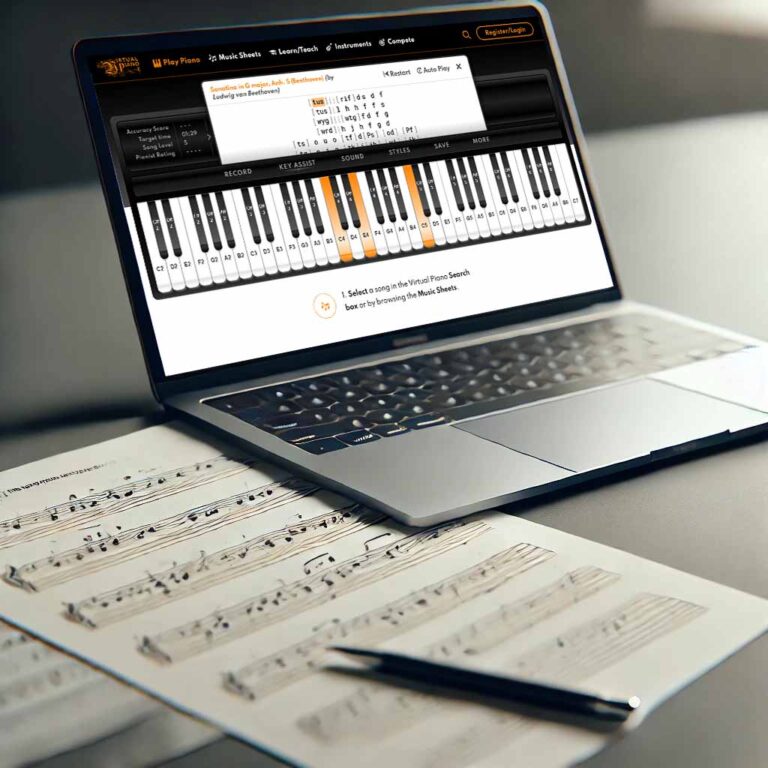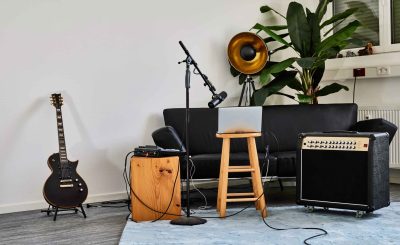Looking for the right piano teacher can feel like sight-reading a dense score—there’s a lot on the page, and not all notes matter equally. The good news is that with a clear plan, anyone can learn how to find a teacher who truly matches their goals, learning style, and schedule.
This guide breaks down what to look for: teaching style, credentials, the right interview questions, goal-setting, teacher-student fit, and the long-term value of mentorship. With the right approach, students can make an informed choice that supports lasting musical growth and keeps their passion for piano alive.
See details to explore how to evaluate teachers, compare lesson options, and set up a successful learning journey.
Why teaching style matters for long-term progress
Teaching style isn’t just a vibe: it’s the engine of progress. Two teachers can use the same method book and get wildly different results because of how they explain concepts, structure practice, and motivate.
Consider a few common approaches:
- Method-driven structure: Some teachers follow a sequenced curriculum (Faber, Alfred, RCM/ABRSM syllabi). This works well for students who thrive on clear milestones and exams.
- Musicianship-first: Others emphasize ear training, improvisation, and chordal playing early on, ideal for students who want to play pop, church music, or compose.
- Technique-centric: A focus on hand shape, weight, and tone production (often associated with “Russian school” or Taubman/Golandsky-informed ideas) suits learners aiming for advanced classical repertoire and injury prevention.
A compatible teaching style helps students stay motivated when the honeymoon fades. Do they respond better to detailed feedback or big-picture coaching? Short, focused assignments or open-ended exploration? For children, how a teacher uses games, imagery, and positive reinforcement can make or break retention. For adults, empathy around busy schedules and targeted practice strategies keeps momentum.
Tip: Request a trial lesson and ask to see a sample practice plan. If the “how we’ll work” feels clear and doable, long-term progress is far more likely.
Evaluating credentials and professional experience
Credentials don’t play the instrument for the teacher, but they do signal training and standards. When learning How To Find A Piano Teacher, evaluate both formal education and lived studio results.
What to look for:
- Education: Degrees in piano performance or pedagogy (BM, MM, DMA) indicate deep study. Pedagogy courses matter for teaching beginners and children.
- Certifications and memberships: MTNA membership and Nationally Certified Teacher of Music (NCTM) status show commitment to ethics, continuing education, and professional standards. Experience preparing students for ABRSM/RCM exams can be a plus if exams are part of the plan.
- Specialized training: Suzuki, Kodály, Musikgarten, or early-childhood certifications are valuable for young beginners. Training in injury‑preventive technique (e.g., Taubman) can help advancing students.
- Studio outcomes: Ask about recital frequency, student retention, exam or competition participation (if relevant), and how they support hobbyists vs. pre‑college track students.
- Breadth of experience: Years teaching, age ranges served, genres taught (classical, jazz, pop), and comfort with online/hybrid lessons.
Red flags aren’t always about missing degrees: many excellent teachers are performers or composers with strong studios. But beware of one-size-fits-all claims, no clear studio policies, or reluctance to provide references. The sweet spot is proven teaching experience plus ongoing learning, someone who can explain why they teach the way they do and adapt for the student in front of them.
Questions to ask when interviewing potential teachers
An interview (and ideally a trial lesson) is where fit becomes obvious. Here are targeted, revealing questions that go beyond “How much do you charge?”
Teaching approach and curriculum
- How do you assess a new student’s level in the first lesson?
- What materials or method books do you typically use, and why those?
- How do you balance technique, theory, sight‑reading, and repertoire each week?
Practice and progress
- What do you expect for weekly practice at my level? How do you help when life gets busy?
- What does a great practice assignment look like from you? Can I see a sample?
- How do you handle plateaus or frustration? What’s your approach to motivation?
Communication and feedback
- How do you give feedback, more detailed or more big‑picture? Verbal notes, printed assignments, or an app?
- What’s the cadence for parent updates (for kids) or progress check‑ins (for adults)?
- Can I observe a lesson (with permission) or speak to a current family for a reference?
Opportunities and goals
- Do you offer recitals, studio classes, ensemble coaching, or exam prep (ABRSM/RCM)?
- Are you comfortable teaching ?
- What milestones do you aim for in the first 3–6 months?
Logistics and policies
- What’s your policy on cancellations, make‑ups, and holidays?
- Do you teach online or hybrid, and what tech do you recommend (camera angles, metronome apps)?
- Rates, billing, and trial lesson cost?
It’s also fair to ask about their instrument recommendations (acoustic vs. digital with weighted keys), and how they tailor repertoire to keep students excited. The way a teacher answers, clear, kind, and specific vs. vague, often predicts how lessons will feel week after week.
Setting realistic goals and lesson expectations
Clarity upfront prevents disappointment later. Realistic goals come from matching ambition with current level, practice time, and the teacher’s plan.
A simple framework:
- First 3 months (beginner): posture, hand shape, basic note reading, simple rhythms, 5‑finger patterns, one or two short pieces per week.
- 6–12 months: major/minor scales (1–2 octaves), hands‑together coordination, pedal basics, sight‑reading short pieces, a small recital or recording project.
- Ongoing: mix of technique, repertoire the student loves, and literacy (theory/ear).
Practice guidance by stage (typical ranges):
- Young beginners: 10–20 min/day, 5–6 days/week.
- Teens/adults beginners: 20–30 min/day.
- Intermediate: 30–45 min/day.
- Advancing: 60+ min/day with focused blocks.
Expectations should include how assignments are delivered, what “prepared” means, how feedback works, and what happens if goals shift. They should leave the first lesson knowing the next small win and the bigger arc, because that’s how to find a piano teacher who builds momentum, not just stacks pieces.
Matching teacher strengths with student needs
The best match isn’t the “best” teacher on paper, it’s the teacher whose strengths align with the student’s goals.
Consider these dimensions when choosing:
- Musical path: classical recital track vs. pop/jazz creativity, church/gospel, composition/songwriting, auditions/exams. A teacher who regularly preps students for ABRSM may not be the right fit for someone focused on jazz voicings and improv, and vice versa.
- Age and temperament fit: Some teachers excel with energetic young beginners: others shine with reflective adult learners. Teaching toddlers is different from coaching teens through Rachmaninoff.
- Learning preferences and needs: Visual vs. auditory learners, neurodiverse students, or those needing slower pacing benefit from a teacher adept at differentiated instruction.
- Logistics and format: In‑person vs. online, travel distance, studio schedule, pricing. Online lessons can be superb with good setup (side camera, proper lighting, reliable keyboard).
Red flags during matching: a teacher dismisses the student’s preferred genre, never adapts materials, or resists goal changes. Green flags: they suggest repertoire that hits both skill development and personal taste, and they can articulate exactly how their strengths serve this particular student.








